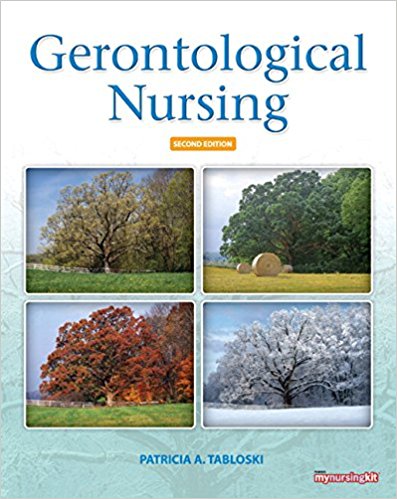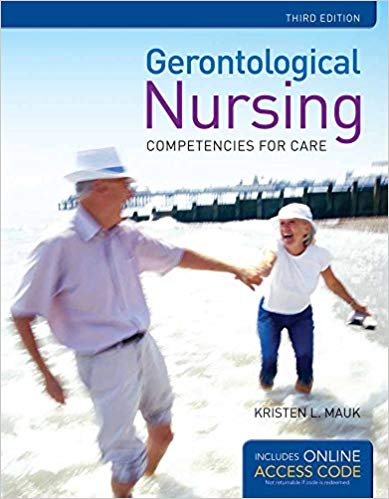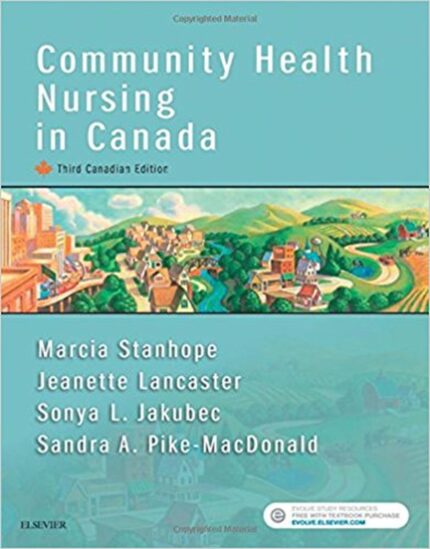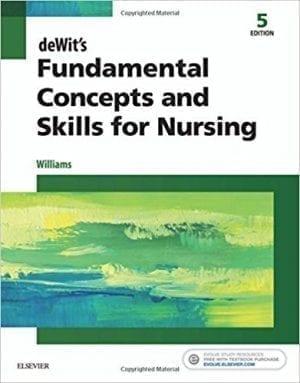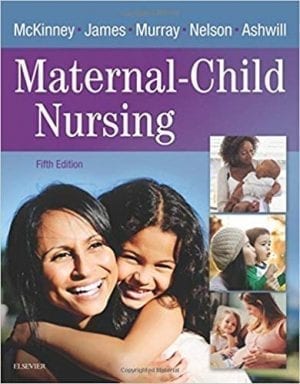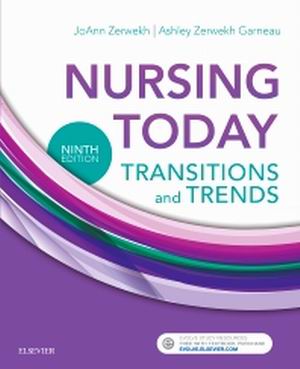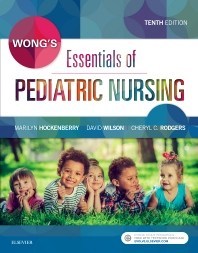Test Bank For Gerontological Nursing The Essential Guide to Clinical Practice 2nd Edition by Patricia A
| Origin: Chapter 1- The Aging Population, 1
Chapter: 1 Client Needs: A1 Cognitive Level: Analysis Difficulty: Easy Integrated Process: Nursing process Objective: 1 Page and Header: 3, Views of Older Adults Through History |
||
| 1. | A nurse who works on a subacute medical unit of a hospital is discussing the increasing population of older adults on the unit with a colleague. Which of the colleague’s following statements about older adults is most accurate? | |
| A) | “Fortunately, Social Security ensures a sufficient level of income for people over 65.” | |
| B) | “It helps that older people don’t have to directly incur any costs for their medical care.” | |
| C) | “Most of the older clients on the unit will have come to us from nursing homes.” | |
| D) | “It’s reassuring that people are starting to show more concern for older adults than in decades past.” | |
| Ans: | D | |
| Feedback: | ||
| The formation of the Administration on Aging, enactment of the Older Americans Act, and the introduction of Medicaid and Medicare all occurred in 1965. Since that time, society has demonstrated a growing concern for its older members. Myths about older people include the belief that Social Security ensures them an adequate income, that they do not have to pay for medical care, and that most older adults live in nursing homes. | ||
| Origin: Chapter 1- The Aging Population, 2
Chapter: 1 Client Needs: A1 Cognitive Level: Analysis Difficulty: Moderate Integrated Process: Nursing process Objective: 3 Page and Header: 4, Population Growth and Increasing Life Expectancy |
||
| 2. | A public health nurse who directs a homecare program that serves an area with a large population of older adults is conducting a long-term strategic plan. Which of the following phenomena should the nurse take into account when planning for the future? | |
| A) | While life expectancy will continue to rise, the percentage of older adults in the United States relative to the overall population will decrease. | |
| B) | By 2020, it is expected that over one-third of Americans will be over the age of 65. | |
| C) | Both life expectancy and the percentage of people over 65 in the population will increase in coming decades. | |
| D) | Chronic conditions, such as diabetes, are expected to bring a gradual decrease in the number of older adults by 2020. | |
| Ans: | C | |
| Feedback: | ||
| Both life expectancy and the percentage of individuals over age 65 are expected to increase in coming years. About 17% of the population is expected to be over 65 by 2020. | ||
| Origin: Chapter 1- The Aging Population, 3
Chapter: 1 Client Needs: A1 Cognitive Level: Analysis Difficulty: Moderate Integrated Process: Nursing process Objective: 2 Page and Header: 4, Population Growth and Increasing Life Expectancy |

